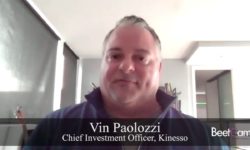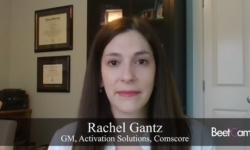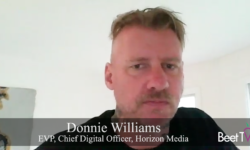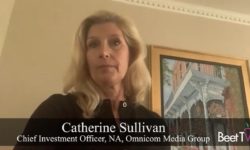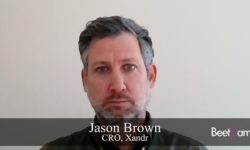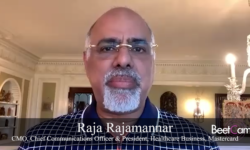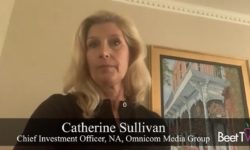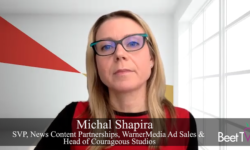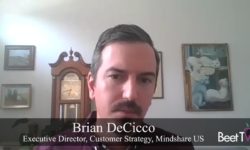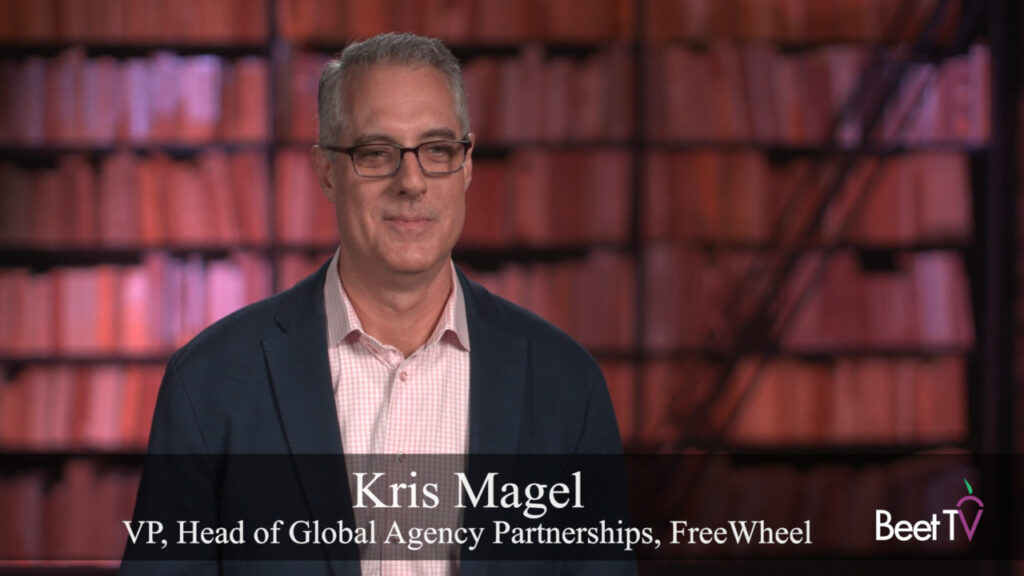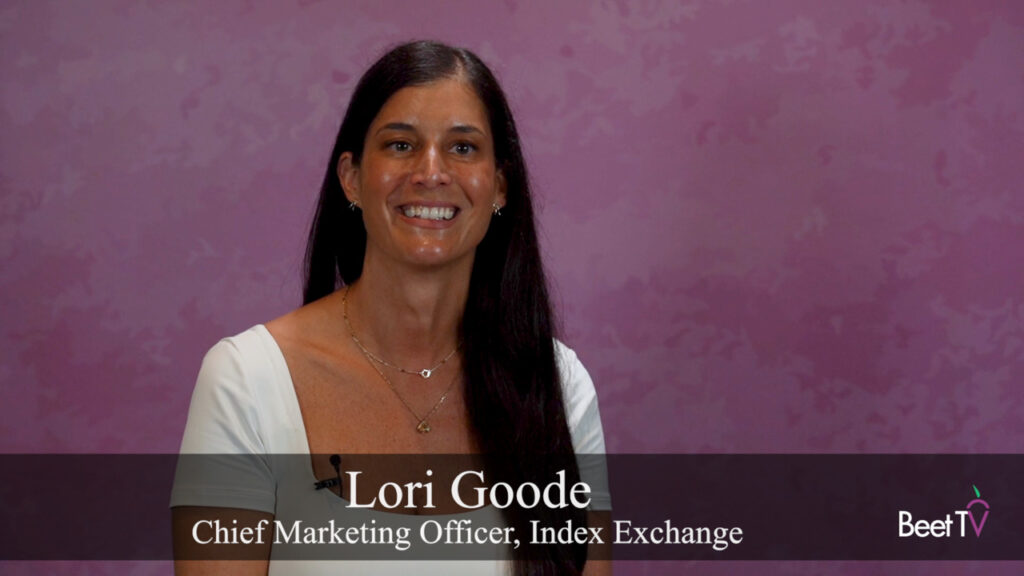Finding the right audience for marketing messages was already becoming complex. But the COVID-19 pandemic has posed a whole new set of challenges.
Audience targeting appears to be entering a third age. After initial buying of ads against content that delivers key demographics, marketers have been in thrall to laser-targeting audiences, no matter they content they are consuming. Now we are seeing “contextual targeting”, the data-driven practice of buying content, not audiences, rise up.
But not only can these disciplines mix – in the current business environment, they are all necessary, says Fiona Carter, the chief brand officer of AT&T, who oversees global brand marketing, advertising, media, sponsorships, global events and corporate and employee communications for the telecommunications firm.
In this video interview with Beet.TV, Carter explains how AT&T, which operates the Xandr advertising unit, is having to adapt to a changing world.
Uncertainty abounds
“People keep asking when will the (TV sales) upfront start,” she tells Beet.TV. “I stumbled across a quote the other day from (Disney executive chairman) Bob Iger, who I think was asked ‘When will the Disney parks reopen?’, and he said, ‘No dates, just data‘. I think that’s what is guiding us.
“There are so many variables right now when it comes to the upfront. I don’t know when live sports will begin. I don’t know what I can buy at a traditional upfront.
“I don’t know when there’ll be new episodes, original content. I don’t know, frankly, if upfront pricing drops below scatter pricing, whether I’ll get a return on that.
“We’re now operating with a new set of principles.”
Four pandemic principles
So, Carter and AT&T are a new mix comprising four goals:
- “Eyeball-heavy content“: Carter wants big-hitting content where it is left in production. She cites live news and innovative spins on remote production used by the likes of Saturday Night Live. “I’m laser focused on identifying the kind of premium programming,” Carter says.
- “Truly surgical“: “How can I go and find the audiences that I need right now?,” Carter asks, explaining that AT&T has to keep explaining telecommunications to first-responder networks and enterprises. “I have very, very precise targeting and surgical needs.”
- “Be adaptive“: “Never before have we seen so much change, so much evolution and such a dynamic movement in how people are thinking and feeling and what they’re doing. Frankly, I need my media to be able to adjust to that.”
- “I just want a great partner“: “I can’t be working with different teams. I want a coalition and I want us all focus ultimately on the right goal.”
“What if, in the midst of the coronavirus pandemic, the internet had buckled?”
Keeping our network connected didn't happen by accident. We took @TheAtlantic behind the scenes to see how we did it: https://t.co/WJTcChpCKt
Image via Paul Spella / The Atlantic pic.twitter.com/8dxBE6QrPr
— AT&T News (@ATTNEWS) May 6, 2020
Demographics + Context
Precision-targeting is important because the old certainties of finding audiences through content designed to serve up known demographics have suddenly been shifted.
Until March, advertisers could rely on programmers to serve up key audiences through, for example sport programming.
Carter doesn’t think that tactic will go away. She sees context and audience targeting as complementary.
But, in the current moment, many advertisers appear to be using audience targeting to find needles in the absence of a haystack.
“Think about a business decision maker target, for example,” she says. “The traditional approach to marketing … (is) advertising … in the traditional contextual placements.
“(But) I know that they’re really heavy streamers of video. I know that they love sports. I know they actually love listening to podcasts, and I know that they’re probably 50% millennials. That really transforms the way you think about going to find that audience.”
https://twitter.com/FionaCarter/status/1252329781963689991
This video is part of a Beet.TV series titled “Audience, in Context,” presented by Xandr. For more videos please visit this page.






